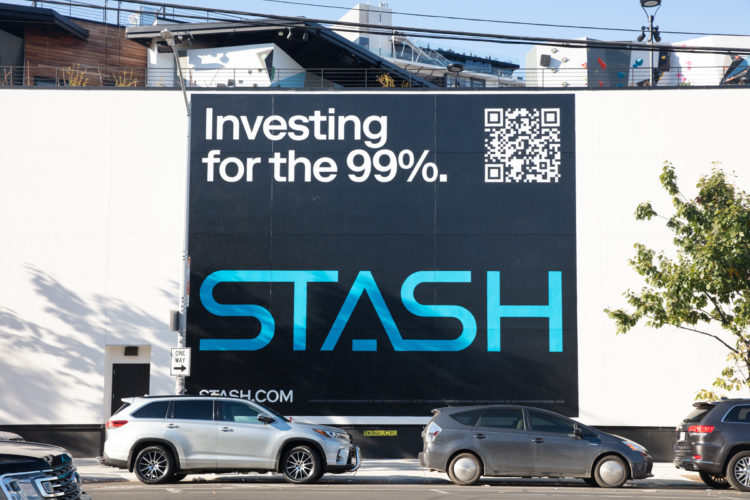Modern Marketing
Stash’s ‘Great Things Take Time’ campaign marks a stepping stone for the company
- As day trading continues to gain popularity, Stash’s new campaign aims to show the benefits that come with building things over time.
- The campaign also marks Stash’s goal to expand its services past investing.








